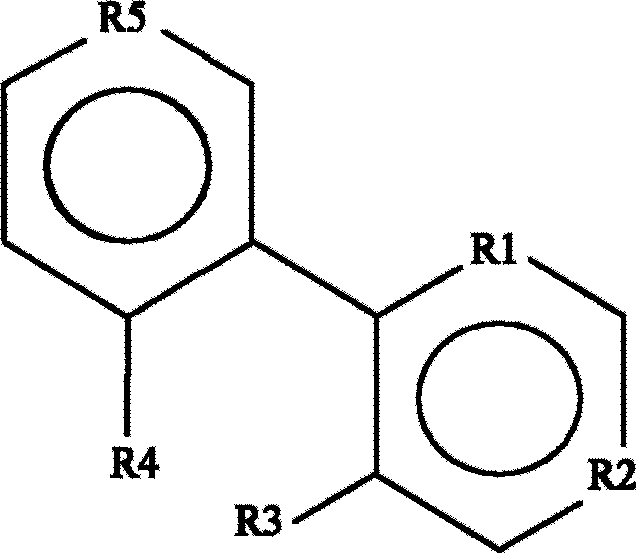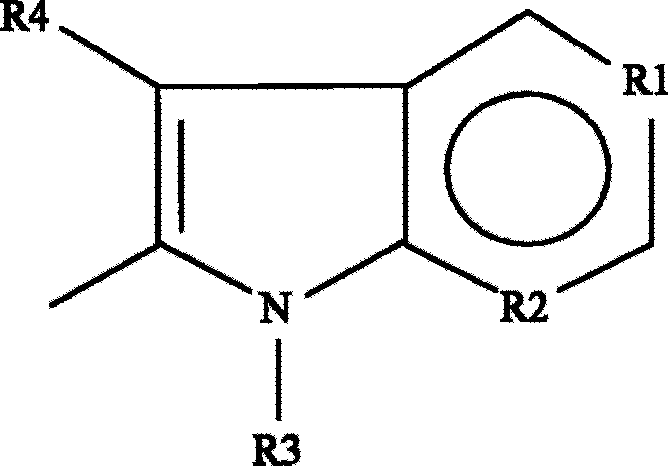Use of cannabinoid receptor agonists as hypothermia inducing drugs for the treatment of ischemia
A technology of cannabinoid receptors and agonists, applied in the direction of drug combinations, medical preparations containing active ingredients, pharmaceutical formulations, etc., can solve the problems of membrane lipid peroxidation, non-description, damage, etc.
- Summary
- Abstract
- Description
- Claims
- Application Information
AI Technical Summary
Problems solved by technology
Method used
Image
Examples
Embodiment 1
[0203] Example 1 - Cardiac arrest
[0204] A 57-year-old woman was admitted to the hospital 21 minutes after collapsing without symptoms. Medical staff in the emergency room are on standby. The patient was evaluated in the emergency department, where the attending physician decided that the patient should be treated with hypothermia immediately to minimize the risk of damage to the brain and other tissues. An intravenous bolus injection of HU-210 (eg, 100 micrograms / kg body weight) or delta-8-THC phosphate administration (eg, 40 mg / kg body weight) is given.
[0205] The goal of hypothermia therapy is to lower the patient's core body temperature to 32-34°C for 12 to 24 hours (currently recommended by the American Heart Association). Depending on individual response to drug therapy, 1-4 additional IV bolus injections may be required (HU-210: additional injection of 20-100 μg / kg body weight; delta-8-THC phosphate: additional injection of 8-40 mg / kg body weight ). Additional b...
Embodiment 2
[0207] Example 2 - Perinatal asphyxia
[0208] A baby suffers from cerebral ischemia during labor because the umbilical cord is wrapped around its neck. The APGAR score 10 minutes after delivery was 6. The pediatrician decided that the patient should be treated with hypothermia immediately to minimize the risk of damage to the brain and other tissues. An intravenous bolus injection of HU-210 (eg, 100 micrograms / kg body weight) or delta-8-THC phosphate (eg, 40 mg / kg body weight) is given. Additional bolus injections may be given 6-12 hours after the first bolus injection.
[0209] The goal of hypothermia therapy is to lower the patient's core body temperature to 32-34°C for 12 to 24 hours (currently recommended by the American Heart Association). Depending on individual response to drug therapy, 1-4 additional IV bolus injections may be required (HU-210: additional injection of 20-100 μg / kg body weight; delta-8-THC phosphate: additional injection of 8-40 mg / kg body weight )...
Embodiment 3
[0211] Example 3 - Stroke
[0212] A 72-year-old patient was brought to the hospital 1 hour and 30 minutes after experiencing numbness and weakness throughout the right side of the body while walking. The patient was evaluated in neurology, and the attending physician suspected a stroke and decided that the patient should be immediately treated with hypothermia to reduce damage to the brain. An intravenous bolus injection of HU-210 (eg, 100 micrograms / kg body weight) or delta-8-THC phosphate (eg, 40 mg / kg body weight) is given.
[0213] The goal of hypothermia therapy is to lower the patient's core body temperature to 32-34°C for 12 to 24 hours (currently recommended by the American Heart Association). Depending on individual response to drug therapy, 1-4 additional IV bolus injections may be required (HU-210: additional injection of 20-100 μg / kg body weight; delta-8-THC phosphate: additional injection of 8-40 mg / kg body weight ). Additional bolus injections may be given 6-...
PUM
 Login to View More
Login to View More Abstract
Description
Claims
Application Information
 Login to View More
Login to View More - R&D
- Intellectual Property
- Life Sciences
- Materials
- Tech Scout
- Unparalleled Data Quality
- Higher Quality Content
- 60% Fewer Hallucinations
Browse by: Latest US Patents, China's latest patents, Technical Efficacy Thesaurus, Application Domain, Technology Topic, Popular Technical Reports.
© 2025 PatSnap. All rights reserved.Legal|Privacy policy|Modern Slavery Act Transparency Statement|Sitemap|About US| Contact US: help@patsnap.com



